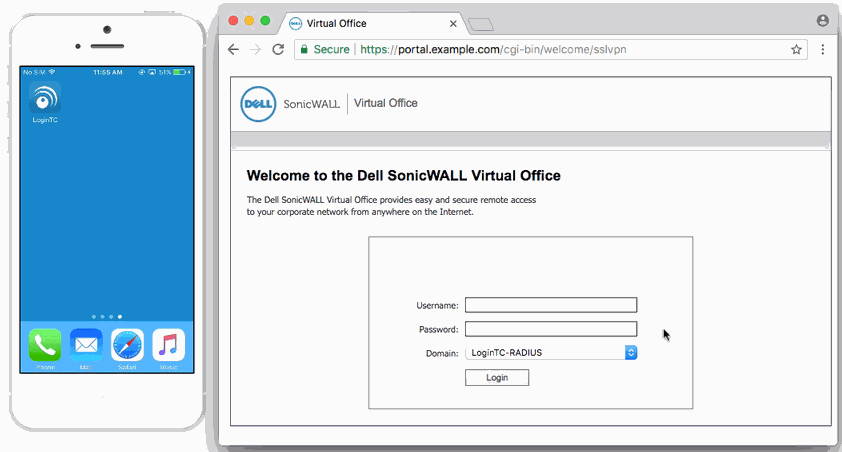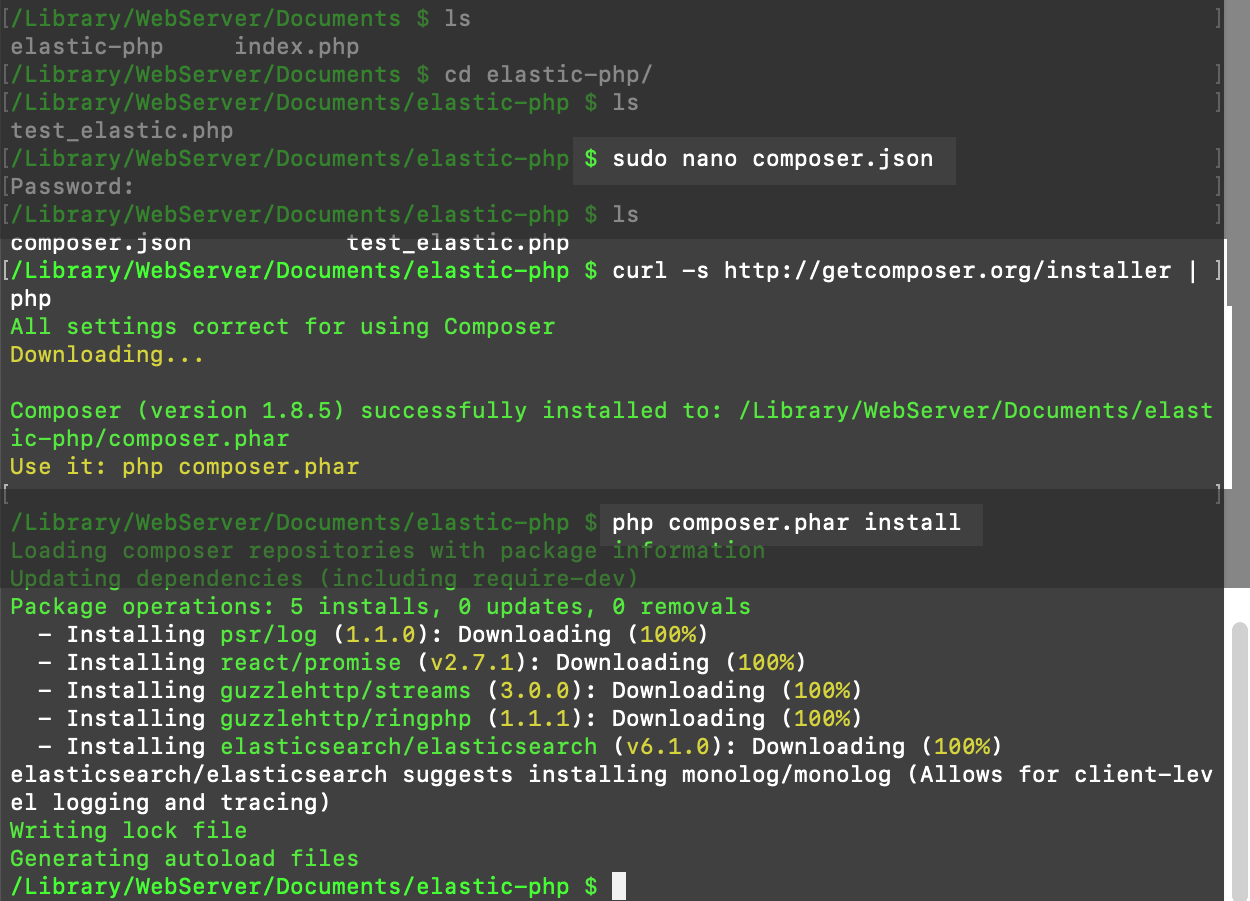


If your username is different on the remote system, you can specify it by using this syntax: This command assumes that your username on the remote system is the same as your username on your local system. The remote_host in this example is the IP address or domain name that you are trying to connect to. The most straightforward form of the command is: If you are using a Mac or Linux, you will already have the ssh command available in your terminal. Each of these are well-supported and whichever you decide to use will come down to preference. Finally, as a lightweight third option, you can install Git for Windows, which provides a native Windows bash terminal environment that includes the ssh command. If you would rather have a full Linux environment available, you can set up WSL, the Windows Subsystem for Linux, which will include ssh by default. If you prefer to work in PowerShell, you can follow Microsoft’s documentation to add OpenSSH to PowerShell. If you are using Windows, you’ll need to install a version of OpenSSH in order to be able to ssh from a terminal. To connect to a remote system using SSH, we’ll use the ssh command.
#Ssh shell request dir how to
In this guide, we will discuss how to use SSH to connect to a remote system. It is the most common way to access remote Linux servers. SSH, or Secure Shell, is a protocol used to securely log onto remote systems. One essential tool to master as a system administrator is SSH.


 0 kommentar(er)
0 kommentar(er)
